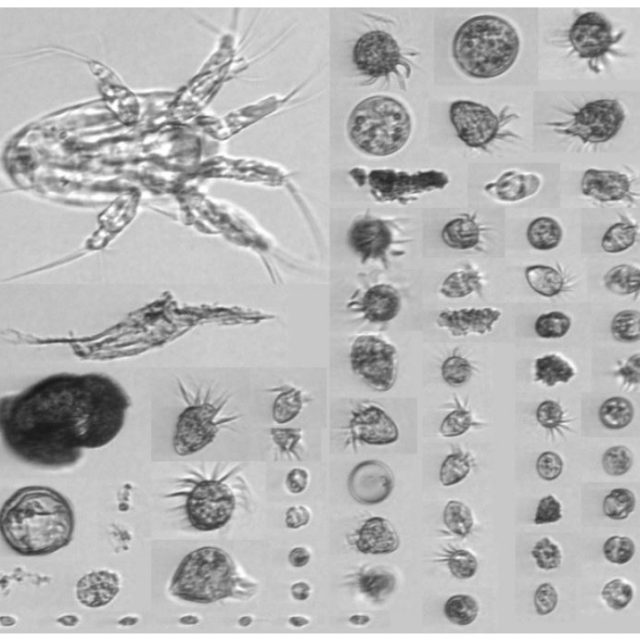Shipboard Data Transmission to Onshore Partners in Real-time
A team from Woods Hole Oceanographic Institution (WHOI) was onboard the R/V Neil Armstrong at the Pioneer Array, about 75 nautical miles south of Martha’s Vineyard in the Atlantic, deploying equipment and collecting data. Due to COVID-19 restrictions, the number of the science party onboard was limited. These limits prevented participation by the Northeast U.S. Shelf Long-Term Ecological Research (NES-LTER) team, whose members would have been onboard under normal circumstances.
But through an innovative use of onboard technology, WHOI’s Shipboard Scientific Services Group made it possible for the NES-LTER team to receive data and images of phytoplankton and microzooplankton in near-real-time along the cruise track. The data were collected by Imaging FlowCytobots (IFCBs), which provide long term, high-resolution measurements of phytoplankton abundance and their cell properties. The data can be viewed here.
Said WHOI researcher Taylor Crockford from her research laboratory on land, who beta-tested the data transmission with the WHOI onboard team, “In this challenging time of the Coronavirus, we are thankful for this opportunity to continue long-term research into the productivity and food web on the Northeast U.S. Shelf while the cruise was underway.”
The Ocean Observatories Initiative is funded by the National Science Foundation.

